 Most players predict static conditions
Photo: Shutterstock |
Australia's forklift industry, like many small business sectors, fought hard in 2013 to maintain ground under challenging trading conditions.
An influx of cheaper brands into the market as well as the growing trend of grey products entering the country were among the issues that undermined growth, along with concerns about contracting demand from the mining sector.
While the Australian election in September 2013 provided a small upswing in business confidence, the most recent small business surveys revealed a dip in confidence, and in the forklift industry, most players predict static market growth ahead, with challenges set to continue in 2014.
Despite these obstacles, many companies have thrived, particularly those that have elevated customer service, quality product and innovative technology as the drivers of their growth.
Toyota Material Handling Australia (TMHA) has invested in the future through its employment of some 50 apprentices, with service support operations now making up over 80% of its workforce. The company also increased its footprint with company-owned operations in all capital cities and major regional locations.
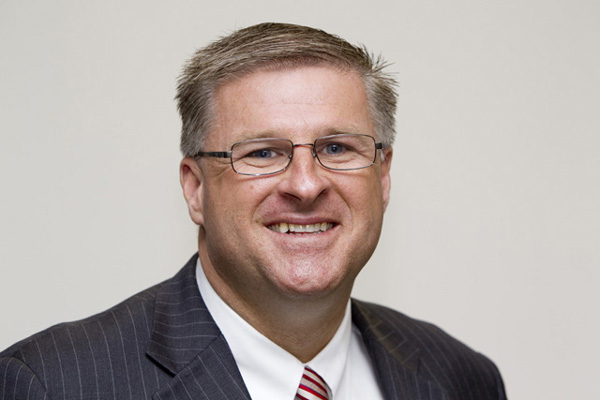 TMHA executive vice president and COO Steve Takacs. |
Executive vice president and COO Steve Takacs predicts some growth in 2014, with large fleet deals becoming a major factor in growing the market.
He tells
Forkliftaction.com News that challenges ahead include the growing trend of grey products as well as unsupported Chinese-manufactured equipment that doesn't comply with Australian standards.
Grey imports are shipments of equipment brought into the country outside the standard distribution arrangements and not supported by the authorised agents.
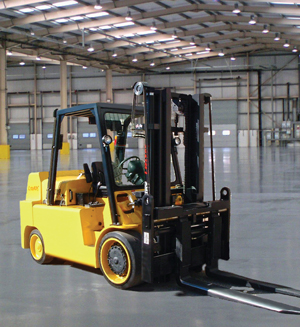 Manitou Australia had a rewarding year in 2013 with the introduction of new equipment |
Lencrow MD Ross Grassick believes more regulation is needed. "We need to stop grey imports being dumped here and we need to control imports of new equipment that have no support. Many cheaper units do not comply with Australian standards and the importers do not even know what the standards are. To sum up, we need to have some regulation to protect the purchasers."
He adds that these units, without backup support, harm proven brands by causing prices to stall and erode current market places. "In most cases, they only sell once to a customer and then the customer will return to the mainstream brands. The problem for the customer is they have an orphan unit in many cases that will be hard to sell or will not return a decent trade-in."
Despite his concern, Grassick says he is excited about the year ahead. "With business confidence growing, I feel that by March, the forklift industry will be back on track."
He says 2013 was a year of consolidation, with the company opening a new branch in Rockhampton, increasing staff numbers as well as adding both Faresin telehandlers and BOMAQ all-terrain forklifts to its equipment options.
He reports that the company grew across all areas with many hire customers extending or renewing their hire contracts, "which gives us faith in the service we are offering".
He says customers have become much more involved in the total cost of operations.
"I feel that forklift companies in the future will also have to adapt to quoting with these costs in mind. The industry will have to also offer best fit for customers' needs, giving a big advantage to companies that are not locked into one brand."
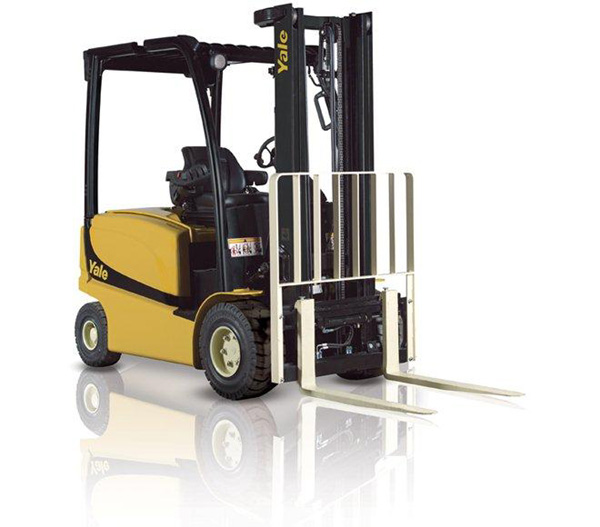 Yale 4-wheel electric counterbalance unit from Hystandard Equipment Handling |
John Flinn, MD of Hystandard Handling Equipment, says the company had great success in 2013 with the launch of Yale's new three- and four-wheel electric counterbalance units into the Australian market.
He tells
Forkliftaction.com News that 2014 will be another tough year for the industry, but says the company will look at breaking into more warehouse business through the arrival of new stand-ip and sit-down reach trucks.
He urges government to repeat the investment allowance in order to stimulate demand - as it did during the GFC a few years ago, but says the key to success is to never stop working hard to improve services to customers. "It's all about people, processes and having the right strategy."
While he says cheaper forklifts from China have provided an alternative for low-use applications, the medium- to high-use market requires a more robust and sophisticated product which delivers the lowest cost of ownership over the term.
"At the end of the day, it's about having a committed team and a committed factory with world-class products and services."
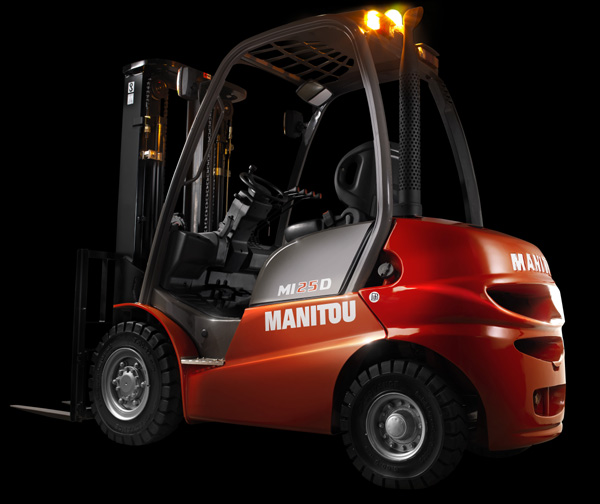 Manitou Australia had a rewarding year in 2013 with the introduction of new equipment |
Manitou Australia had a rewarding year in 2013, with the introduction in Australia of the world's biggest skid steer as well as its new range of internal combustion engine forklifts.
MD Stuart Walker tells
Forkliftaction.com News that he expects 2014 to be very challenging, "however, the agriculture market is on the way up as the terms of trade are improving for Australia. This should help to drive growth for the material handling industry."
He says within the context of flat growth, most businesses are looking to limit or reduce their costs, so purchase price is becoming a predominant factor when purchasing a machine. "As a consequence, the second-hand market and the grey import market offer a very attractive alternative." However, he too points to the lack compliance with Australian standards.
Another challenge is safety at the workplace, says Walker. "Every year, people die because of a lack of training or a lack of maintenance on the machines, or both. Our program, Telesafe, is looking at the issue of maintenance, offering a package to ensure forklifts meet Australian requirements regarding safety and annual inspections. Our involvement with the Telescopic Handler Association is also a way to raise awareness on the importance of safety in a work environment, especially on construction sites."
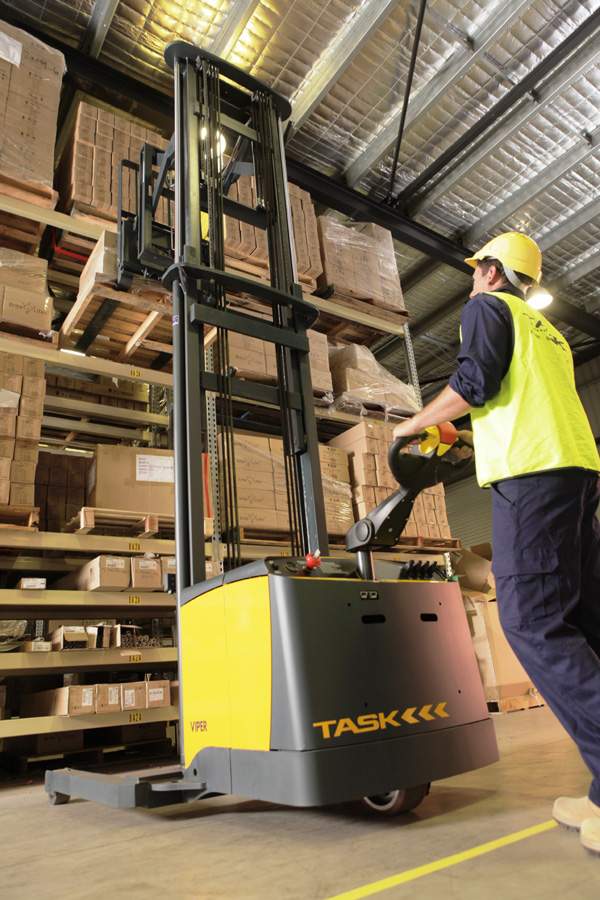 Task opened a new branch in Dallas, USA in 2013 |
Task Forklifts had a successful year in 2013, highlighted by the opening of a new branch in Dallas, USA.
CEO Ben Rainsford predicts 2014 will see customers demanding an increased level of service and efficiency from forklift manufacturers and service providers.
He tells
Forkliftaction.com News that government needs to consider the cost of compliance, taxes and the true barriers to business if they are going to generate consumer confidence.
He remains unconcerned about new brands entering the market, adding that "our customers understand the importance of Australian compliance and after-sales support".
Komatsu Forklift Australia MD Eiji Fukuda tells
Forkliftaction.com News that highlights in 2013 included the introduction of the first Komatsu hydrostatic forklift along with the Komatsu pantographic reach truck.
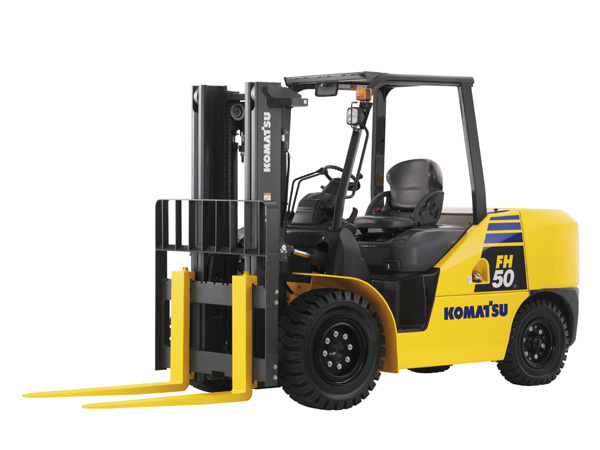 Komatsu introduced the FH series forklift in 2013 |
Looking to 2014, Fukuda says it will be a year of ongoing difficult trading for many within the forklift industry. "The industry will continue to see fleet business under pressure by the constant customer drive to reduce rental charges and provide fleet flexibility. It would not be surprising to see more low-cost brands entering into the IC market, which will only reduce further marketshare from the larger OEMs. Komatsu Forklift Australia will continue to hold our place within the industry."
He says government needs to conclude the ongoing Free Trade Agreement discussions between Japan and Australia in order to reduce the current tariffs and provide a levelling of base machine prices across the market place.
Another challenge for companies, says Fukuda, is the inability for some of the state governments to move to a fully harmonised national safety system.
"Forklift safety and incident response is critical to our industry, with forklift safety a regular target for compliance auditing by the workplace inspectorates for our customers."
He says the ease of purchase and wider availability of slip-on attachments such as slippers, jibs and work cages is concerning.
"It is great that our customers are looking at ways of using their machines in different and more effective ways, however, concerning in that many customers do not understand or comply with all safety and legislative obligations when using attachments.
"Common examples we see is that the attachment is not listed on the forklift capacity plate, load centres are not correct, or with attachments like work cages, the hydraulic check and function lockouts are not in place."
He believes a closer relationship between regulators, the Australian Industrial Truck Association (AITA) and with OEMs is one of the keys to improving forklift safety.
Another potential issue still to unfold relates to the Personal Properties and Security Act which, according to Fukuda, is relatively untested. "As an industry, we all have fleets of forklifts on rental to customers and certainty of the operation of the PPSA and the protections granted need to be clarified."
On the subject of cheaper imports entering the market, he says while Australian forklift users are currently enjoying new brands with significantly lower prices, he expects that many users in hard, heavy and harsh applications will return to the proven quality brands and products, such as Komatsu, when support, reliability and longevity of their purchase comes into question.
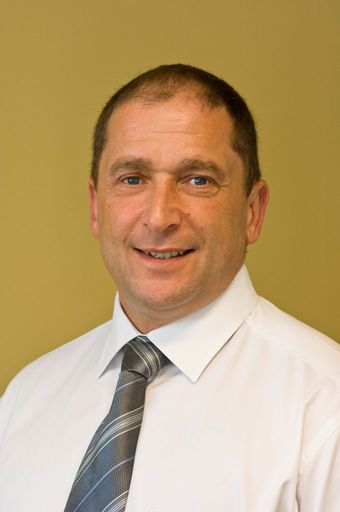 Andrew Satterley |
Adaptalift Hyster tells
Forkliftaction.com News that the company achieved a record marketshare for the Hyster brand in Australia in 2013 through a customer-first, solution-based approach.
CEO Andrew Satterley says this included restructuring the sales and support teams and engaging the customers in understanding what is important in their business.
"Opening of new branches in Griffith and Newcastle which continued Adaptalift Hyster's commitment to customer support in key regional areas and improved response time for critical customer sites has further supported our increased marketshare."
Satterley adds that in late 2012, the company began installing a completely integrated business management system that streamlined processes that previously had been labour and time intensive. "Through 2013, Adaptalift and our customers have started to see the benefits of this integrated system with better visibility of core metrics that drive an effective materials handling solution and (it) has enabled a much more pro-active approach to the customer solution."
Looking ahead to 2014, he believes the market size will remain fairly static, assisted by a potential rebound of the mining sector. Concerns continue over manufacturing within the Australian market. "While the Chinese and other Asian countries' requirements are driving our export of raw materials, their final products have and will continue to impact locally manufactured products.
"This double-edged sword will continue a static materials handling industry that has to continue to innovate and provide better solutions to maintain share."
Satterley urges government to deliver on promised infrastructure investment in eastern states, which will drive employment and provide a boost to local manufacturers, builders and other primary industries.
He believes there is potential for government to review and increase tariffs on Chinese manufactured products including forklifts in order to protect local manufacturing and provide support to traditional products and the companies that have invested for decades in Australia.
"Price erosion created by cheap imports ... has meant that long established materials handling suppliers that have invested millions in infrastructure and local employment are being squeezed to the point where those jobs are now at risk as is future investment."
"Adaptalift Hyster remains committed to providing superior product and market-leading solutions to our customers and while challenges continue to exist, this will only drive our company to innovate and strive to exceed customer expectations.
"We will continue to invest in the Australian market and meet these challenges head-on," he concludes.